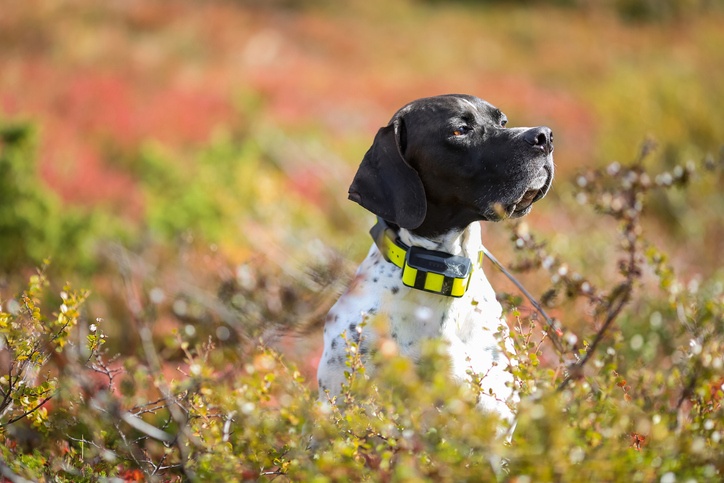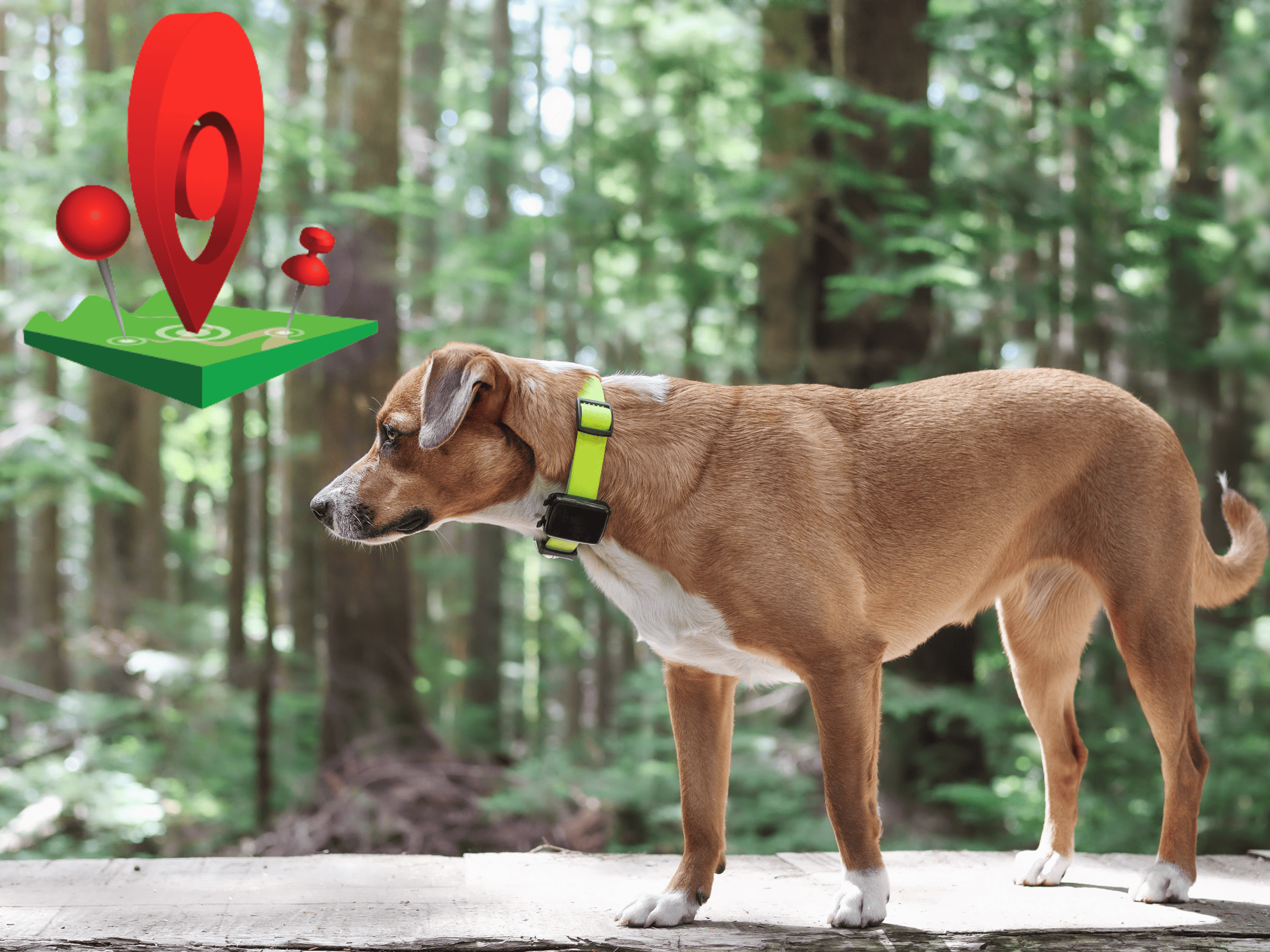Do GPS Dog Fences Actually Work?
Here’s What You Need To Know

Do wireless GPS systems really compare to a traditional electronic dog fence?
Choosing Certainty Over Chance: Why Copper Wire Fencing Outshines GPS for Pet Safety!

The Truth about GPS Pet Fencing
Here are a few truths about GPS fencing, as well as a practical solution to your wire break problem.
- GPS is a relatively new technology in the pet fencing world.
- Like all new technology, it’s best to let someone else work out the problems with it before you buy in. Right now, GPS pet fences are accurate to “within 4-5 feet”. This is fine if you’re playing golf, where the consequences of a 4-foot error put you in the rough rather than the fairway, but if this means Rover ends up in the road rather than the front yard, 4 feet is unacceptable. The advantage of copper wire is simple; the wire never moves.
- GPS must be programmed.
- Do you know your longitude and latitude coordinates for every point of your boundary? Of course not. Remember those wire break maintenance calls? You can replace them with re-programming calls.
- GPS can drop.
- We’ve all been in the car when our directions quit on us. GPS can and will drop out on you. Much of the signal accuracy depends on a large number of satellite connections. Copper wire doesn’t.
- GPS can be blocked.
- Satellites need a clear line to the receiver. Large trees and other items can impede the signal, causing your fence to malfunction. When you’re watching your favorite show on TV and your satellite signal drops, it’s irritating. When your pet’s safety is at stake, 99% isn’t good enough.
- GPS collars require frequent charging.
- Because GPS collars constantly track satellites, they require a lot of power. The collars take a long time to charge, so if your dog is outside for long periods of time, you’ll need a second collar to avoid gaps in coverage.
Here are additional points to consider when it comes to GPS pet fencing:
Weather Conditions Matter:
GPS signals can be affected by weather conditions. Heavy rain, snow, or storms may interfere with the accuracy of the system. In situations where weather is unpredictable, traditional wired fences maintain their reliability regardless of the elements.
Limited Boundary Customization:
GPS fencing often has limitations on the customization of your pet's boundaries. Traditional wired fences offer precise control over the shape of your pet's play area, allowing you to create specific boundaries tailored to your yard's layout. GPS technology may not provide the same level of flexibility.
Initial Setup Complexity:
Setting up a GPS pet fence requires a certain level of technological know-how. If you're not comfortable with technology or if you're not tech-savvy, the initial setup and programming of a GPS system can be more challenging compared to the straightforward installation of a wired fence.
Cost Considerations:
GPS pet fencing systems can be more expensive upfront. While the initial investment may seem significant, it's essential to weigh the cost against potential issues and ongoing maintenance. Wired systems may prove more cost-effective in the long run with fewer potential hiccups.
Reliance on Batteries:
GPS collars rely on battery power, and frequent charging is necessary. If the battery fails or the collar is not charged in time, your pet may be left without proper containment. Wired systems, on the other hand, have a consistent power source, eliminating concerns about battery life and charging schedules.
Interference from Other Electronic Devices:
Electronic interference from other devices may impact the performance of GPS pet fencing. If you have multiple electronic devices in close proximity, such as Wi-Fi routers or other wireless gadgets, there's a potential for signal interference. Wired systems are not susceptible to these types of interferences.
Training Challenges:
While GPS pet fencing can be effective, it may present training challenges for some pets. The technology relies on the pet understanding the boundary based on audible cues or static corrections. Some pets may require additional training to fully comprehend the virtual boundaries set by the GPS system.
Remember, choosing the right pet containment system depends on various factors, including your pet's behavior, the environment, and your personal preferences. thoroughly researching and understanding the advantages and disadvantages of each system will help you make an informed decision that best suits your needs and ensures your pet's safety.

